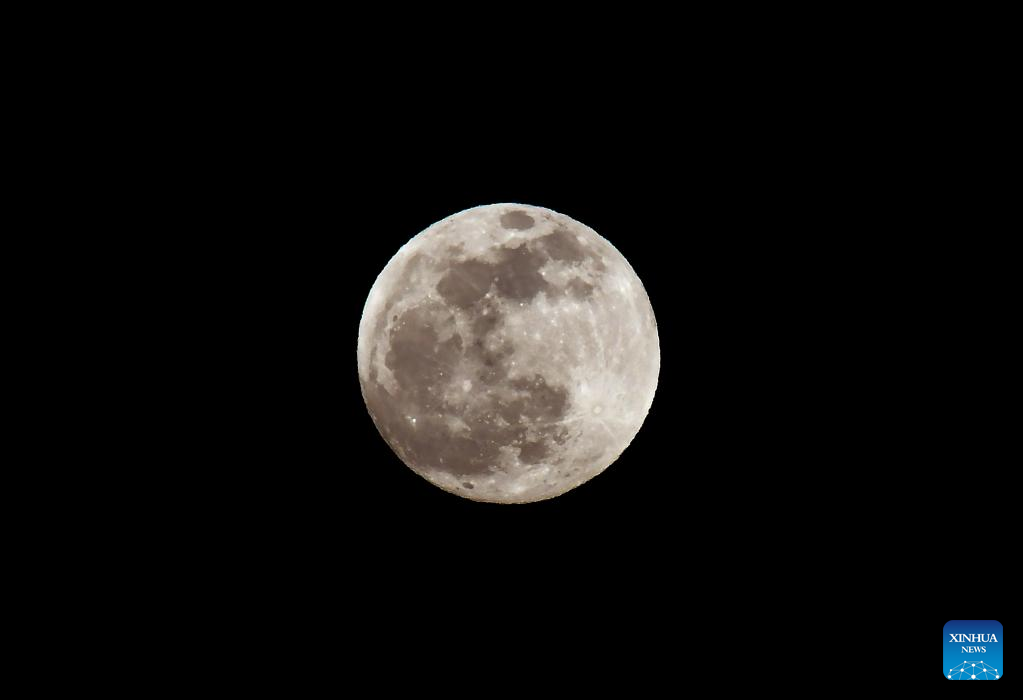The Arab region will witness the completion of the Dhu Al-Hijjah moon on Wednesday, the Saudi Press Agency (SPA) reported on Tuesday…reports Asian Lite News
The moon on Dhu Al-Hijjah will be the third largest and closest full moon of the year, and it will be visible all night.
Majed Abu Zahra, head of the Jeddah Astronomical Society, said that the moon will arrive at 12:05 p.m. Makkah time. This year, at a distance of 357,263 kilometers, it will be closest to Earth, the Arab News reported.
“The giant full moon will then rise from the southeastern horizon with sunset, and it will be noticed that its apparent size is large during its rising when it is near the horizon. This is just an optical illusion that occurs in the middle of each lunar month, after its rise in the sky returns to its usual size,” the Arab News quoted Zahra as saying.
“The moon will reach the moment of fullness at 09:37 p.m. Makkah time, reaching half of its orbit around the Earth during the month nine hours and 38 minutes after arriving at the perigee. This synchronization will increase its size and brightness by 14%,” he continued.
When the moon is at aphelion, it will be 30% larger than the smallest full moon.
In Arabic, the giant full moon is known as “Badr Al-Hadeed.” This means that the moon is closest to the earth when the distance between the moon’s center and the earth’s center is less than 362,146 kilometers.
Meanwhile, NASA said the second Supermoon of 2022 will last up to three days this week.
“The Moon will appear full for about three days around this time, from early Tuesday morning through early Friday morning,” the US space agency said in a statement.
On Wednesday (July 13) at 5 a.m. EDT (09 a.m. GMT), the moon will arrive at its closest point to the Earth for 2022: a perigee distance of 357,264 kilometres away.
ALSO READ:Supermoon
By the evening of Wednesday, as evening twilight ends (at 9.44 p.m. EDT), the full moon will appear 5 degrees above the southeastern horizon, NASA said.
According to Old Farmer’s Almanac — a reference book containing weather forecasts, the supermoon is nicknamed as Buck Moon meaning that the full moon will occur when it’s at its closest point to the Earth.
Supermoons only happen three to four times a year, and always appear consecutively.
Throughout most of Earth’s orbit around the sun, perigee and the full moon do not overlap, according to NASA.

